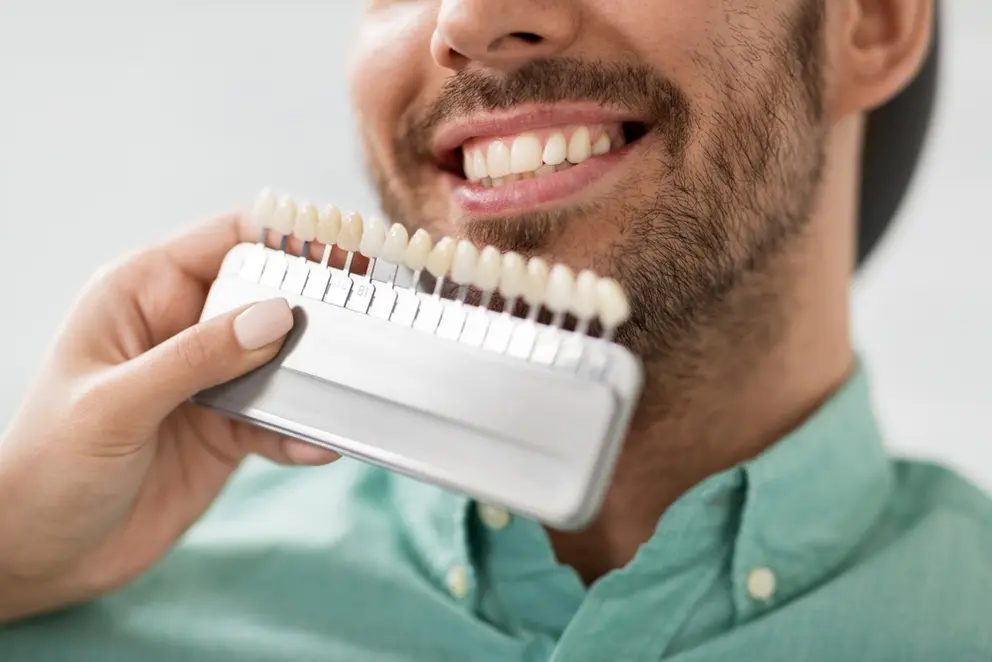
Wondering if
Braces Or Veneers Are Best For Your Case? Read On to Learn More
You might not have as severe a case of malocclusion or oral health ailments as some of our patients, but maybe you still harbor some insecurity. In that case, which is the best cosmetic orthodontic treatment for you: braces, Invisalign aligners, or dental veneers?
In the debate between braces and Invisalign treatment, clear aligners are arguably the best cosmetic choice during treatment, as they are far more discreet and far less noticeable than traditional braces or fixed orthodontic appliances. But typically, both types of orthodontic treatments yield similar, successful end results.
When considering cosmetic dentistry, you may wonder about the best treatment option. You have two main choices: dental veneers and orthodontic treatment.
Dental veneers don’t move your teeth. Nonetheless, they have the ability to produce a more aligned and balanced grin.
They are a suitable choice if you possess misshapen, damaged, or stained teeth. However, they cannot substitute for orthodontic treatment. They’re mainly for cosmetic procedures.
On the other hand, orthodontic treatment moves your natural teeth to correct their alignment. This cosmetic orthodontic treatment comparison shows that both have their pros and cons.
If you’re dealing with minor cosmetic issues and teeth wear, you might wonder which is better. Should you opt for orthodontic therapy, veneers, or a combination of both? This decision depends on your specific needs and desired outcome.
Remember, it’s important to ask the right questions when thinking about this issue. Understanding the pros and cons of each option will help you make an informed decision.
In conclusion, both veneers and orthodontic treatments have their place in cosmetic dentistry. Your choice depends on your individual needs and the condition of your natural teeth.

